Is Portable Power Station EMF Safe? Everything You Need to Know
ZacharyWilliamTable of Contents
- Introduction
- 1. What Is EMF?
- 2. How Portable Power Stations Generate EMF
- 3. International EMF Safety Standards
- 4. EMF Safety in UDPOWER Devices
- 5. Tips to Reduce EMF Exposure
- 6. Myths vs. Facts
- 7. FAQ
- Conclusion
Introduction
As portable power stations become a go-to power source for camping, travel, and emergencies, users increasingly ask: Are they EMF safe? In this article, we demystify EMF, explain how portable power stations work, and highlight how UDPOWER ensures safety through technology and design.

1. What Is EMF?
EMF (Electromagnetic Fields) are energy fields created when electrical current flows. They are everywhere—from smartphones to microwave ovens.
- ELF (Extremely Low Frequency): Power lines, wall sockets, and household electronics.
- RF (Radio Frequency): Wi-Fi, Bluetooth, mobile signals.
EMFs from portable power stations are non-ionizing, meaning they cannot damage DNA or alter cells like X-rays or UV radiation.
2. How Portable Power Stations Generate EMF
Portable power stations are essentially large rechargeable batteries with sophisticated power electronics. While they store energy as DC (Direct Current) inside their lithium battery packs, most household and outdoor appliances run on AC (Alternating Current). To make this possible, portable power stations include a built-in inverter that converts DC into AC.
1. The Inversion Process
When DC electricity is converted into AC, the inverter switches the current back and forth rapidly (often thousands of times per second). This rapid switching creates low-frequency electromagnetic fields (ELF EMF). The exact frequency is usually in the range of 50–60 Hz, the same as your household power supply.

2. Which Components Generate EMF?
- Inverter: The primary source of EMF in a portable power station, responsible for AC conversion.
- Charging Circuits: While charging the battery (from wall outlets, car sockets, or solar panels), EMF is generated by the charger’s electronics.
- Cooling Fans: Some units have electric fans that produce small magnetic fields when running.
- DC Outputs: Pure DC outputs generate negligible EMF, but step-up/step-down circuits inside the station may create very small fields.
3. Factors That Affect EMF Strength
- Output Mode: AC mode emits more EMF than DC mode.
- Power Load: The more power you draw (e.g., running a high-wattage device), the stronger the EMF near the inverter.
- Distance from the Source: EMF intensity drops sharply with distance — even a few feet away, the levels fall significantly.
- Duration of Use: Longer usage increases exposure time but not necessarily the intensity.
4. Real-World Examples
- Charging a smartphone via DC USB port: Minimal EMF, almost negligible.
- Powering a 500W blender via AC outlet: Noticeable low-frequency EMF close to the inverter, but still far below safety limits.
- Running a mini fridge for hours: Steady low-level EMF while the compressor cycles on and off.
In short, EMF from portable power stations is a natural byproduct of converting stored battery energy into usable electricity. The good news is that these levels are extremely low compared to everyday appliances like hair dryers, microwaves, and vacuum cleaners — and they fall well within internationally recognized safety limits.
3. International EMF Safety Standards
Electromagnetic fields (EMF) from portable power stations are regulated under well-established safety standards worldwide. These guidelines are designed to protect human health by limiting exposure to both low-frequency (ELF) and high-frequency (RF) fields. The most widely recognized organizations setting these limits include:
1. ICNIRP (International Commission on Non-Ionizing Radiation Protection)
ICNIRP is an independent scientific body that provides guidelines on EMF exposure. For low-frequency EMF (50–60 Hz, typical of AC electricity), ICNIRP recommends:
- General public exposure limit: 200 μT (microtesla) for magnetic fields at 50 Hz
- Occupational exposure limit: 1,000 μT at 50 Hz
These limits are far higher than what portable power stations typically emit. For example, measurements near most consumer-grade units are usually well below 1 μT even at close range.
2. WHO (World Health Organization)
The WHO recognizes ICNIRP guidelines as the global benchmark and states that there is no conclusive scientific evidence linking low-level EMF exposure from household devices to adverse health effects.
3. IEEE (Institute of Electrical and Electronics Engineers)
The IEEE C95.1 standard sets similar exposure limits to ICNIRP, focusing on both public and occupational environments. The recommended limits ensure that EMF levels remain far below thresholds that could cause nerve stimulation or heating effects.
4. FCC (Federal Communications Commission, USA)
While the FCC primarily regulates radiofrequency (RF) EMF for wireless devices, it indirectly supports ELF safety through product compliance and labeling requirements. In the USA, most EMF exposure from household devices, including portable power stations, is far below any FCC limit.
5. European Union Standards
The EU follows the 2013/35/EU Directive for EMF exposure, harmonized with ICNIRP guidelines. This applies to both workplace and general public safety.
Summary Table of EMF Safety Limits
| Organization | Frequency Range | General Public Limit | Occupational Limit |
|---|---|---|---|
| ICNIRP | 50 Hz (ELF) | 200 μT | 1,000 μT |
| WHO | 50–60 Hz | Adopts ICNIRP | Adopts ICNIRP |
| IEEE C95.1 | 50–60 Hz | ~200 μT | ~1,000 μT |
| FCC (USA) | RF (300 Hz–300 GHz) | Device-specific | Device-specific |
| EU Directive 2013/35/EU | 50 Hz | 200 μT | 1,000 μT |
In practical terms, the EMF generated by portable power stations is many times lower than any of these safety limits. Even when operating at full load, measurements remain well within the safe range set by international authorities.
4. EMF Safety in UDPOWER Devices
- EMF-shielded inverter design
- FCC, CE, RoHS certifications
- Independent testing confirms ultra-low emissions
- Lower EMF than typical household devices like hair dryers
5. Tips to Reduce EMF Exposure
Although portable power stations produce very low levels of EMF, you can further minimize your exposure by following some simple, science-backed tips. These strategies are based on the principle of reducing time, increasing distance, and minimizing unnecessary usage.
1. Keep a Safe Distance
EMF intensity drops rapidly with distance — often following the inverse square law. This means that doubling your distance from the power station can reduce your exposure to a quarter of its original level. As a general rule:
- Place the power station at least 1–2 feet (30–60 cm) away when in use.
- If running high-power AC appliances, consider keeping it even farther away (e.g., 3–6 feet).
2. Use DC Output Whenever Possible
AC mode requires the inverter to run continuously, which produces more EMF compared to DC output. If your device can run directly from DC (USB, car socket, or DC barrel plug):
- Prefer charging phones, tablets, and LED lights via USB/DC ports instead of the AC outlet.
- When running small appliances, check if a DC adapter is available.
3. Turn Off When Not in Use
Many portable power stations offer an Eco Mode that automatically turns off AC/DC output after a period of inactivity (e.g., AC: 2–4 hours, DC: 4–20 hours). To further reduce EMF:
- Manually switch off unused ports instead of leaving them idle.
- Enable Eco Mode if available to save energy and limit unnecessary EMF output.
4. Avoid Sleeping Close to the Power Station
If you're using the station for overnight power (e.g., CPAP machine, camping fridge), position it as far as possible from your sleeping area. Even though the EMF is well below safety limits, keeping a distance helps minimize long-duration exposure.
5. Limit Continuous High-Wattage Loads
High-power appliances such as blenders, hair dryers, or induction cookers can temporarily increase EMF levels. Where possible:
- Use such devices for short bursts rather than prolonged operation.
- Schedule heavy usage for daytime when you’re not sitting next to the station.
6. Use Shielding Accessories (Optional)
Some users choose EMF-reducing mats or shields designed to redirect EMF away from sensitive areas. While not necessary for most people (given low emission levels), they can provide peace of mind if you're highly cautious.
7. Choose Certified Low-EMF Products
Look for portable power stations that have been independently tested and certified for low EMF emissions, complying with ICNIRP or FCC standards. Manufacturers that disclose EMF measurements in their specs are generally more transparent about safety.
By following these tips, you can further minimize your EMF exposure while enjoying the full benefits of your portable power station. Remember — the EMF from these devices is already extremely low, so these practices are more about good habits and peace of mind than avoiding any proven health risk.
6. Myths vs. Facts
| Myth | Fact |
|---|---|
| Portable stations emit dangerous radiation | They emit low, non-ionizing EMF within safe limits |
| EMF remains after shutdown | EMF stops immediately when turned off |
| Solar charging increases EMF | Solar panels produce no EMF; only AC inversion does |
7. Frequently Asked Questions (FAQ)
1. Do portable power stations emit harmful EMF?
No. Portable power stations generate very low levels of electromagnetic fields (EMF), mainly from the inverter when converting DC battery power to AC. These levels are far below international safety limits set by organizations like ICNIRP and the World Health Organization.
2. Is the EMF from a portable power station comparable to Wi-Fi or cell phones?
Not really. The EMF from portable power stations is low-frequency (50–60 Hz), similar to household appliances, whereas Wi-Fi and mobile phones emit high-frequency radio waves. The two types are different, and EMF from portable stations is generally weaker than what you get from holding a phone to your ear.
3. Does EMF increase when I run high-power appliances?
Yes, but only slightly. Higher loads make the inverter work harder, which can increase EMF strength near the unit. However, the levels still remain well below recognized safety thresholds.
4. Can I sleep near my portable power station?
Yes, you can. Even at close range, EMF levels are very low. However, as a precaution, we recommend keeping it at least 3–6 feet from your bed or sleeping bag when using it overnight (for example, to power a CPAP machine or camping fridge).
5. Do DC outputs (USB, car socket) produce EMF?
Very little. Pure DC output itself produces negligible EMF. Any small emissions come from internal voltage regulation circuits and are far lower than AC output.
6. What is “Eco Mode” and how does it affect EMF?
Eco Mode is a smart energy-saving feature in many UDPOWER models. It automatically turns off AC/DC output after a set period of inactivity (e.g., AC: 2–4 hours, DC: 4–20 hours). This not only saves battery life but also stops any EMF emission when not in use.
7. Are portable power stations safe for people with pacemakers?
In general, yes. The EMF levels from portable power stations are much lower than the thresholds that could affect pacemakers. However, for extra caution, people with implanted medical devices should maintain a distance of at least 1–2 feet from the unit while in operation.
8. Do I need EMF shielding products when using a portable power station?
No. Since EMF levels are already extremely low, additional shielding is not necessary for safety. Some users choose them for peace of mind, but they are optional.
9. How does the EMF from a portable power station compare to other appliances?
EMF from a portable power station is generally lower than what you would get from:
- Hair dryers
- Microwave ovens
- Vacuum cleaners
- Electric induction cookers
10. Does shutting down unused ports reduce EMF?
Absolutely. If you're not using the AC outlet or DC port, turning them off stops the inverter or regulator from running, which in turn stops related EMF emissions.
Conclusion
UDPOWER portable power stations are built with user safety in mind. Our strict engineering standards, real-world testing, and smart design result in devices that operate safely within global EMF guidelines.
Power your life confidently and responsibly—UDPOWER is EMF smart and safety first.
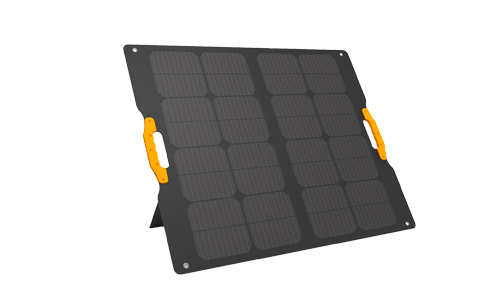
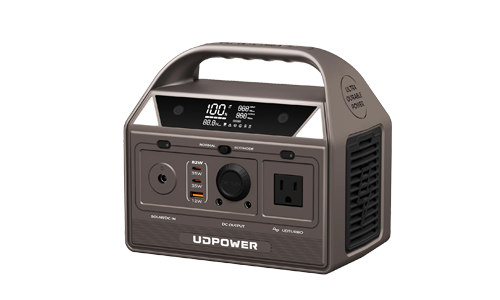
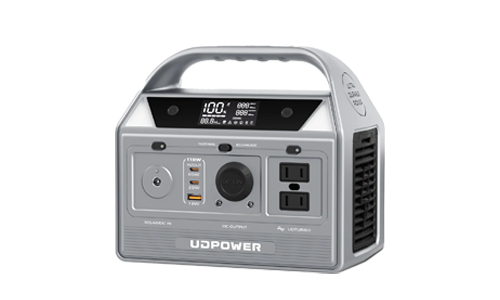
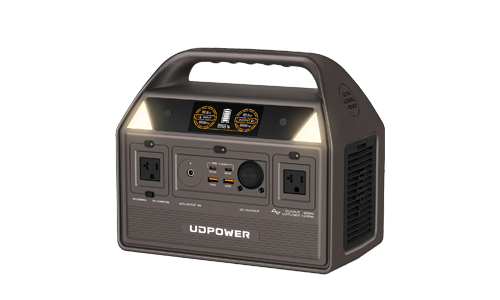
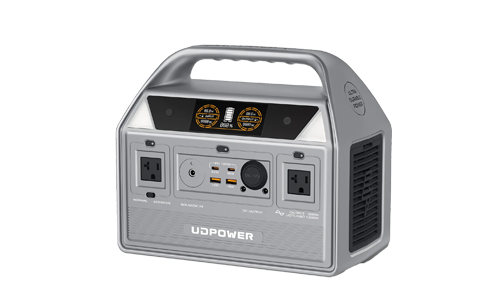


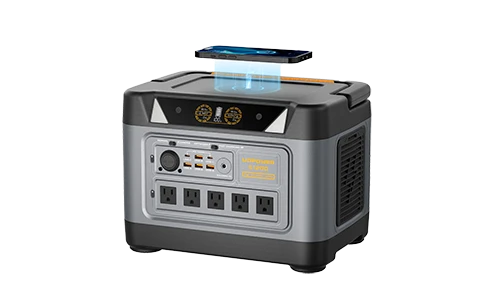
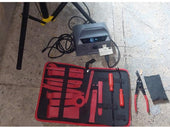
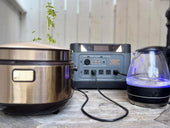
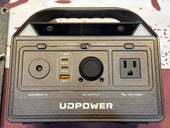
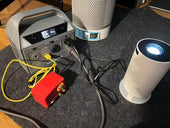
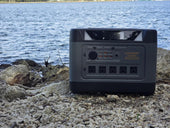
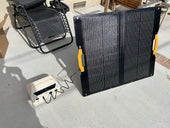
















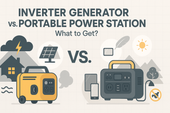
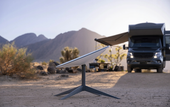



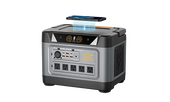














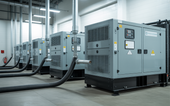
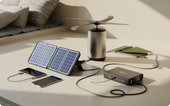
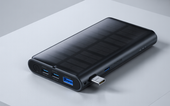


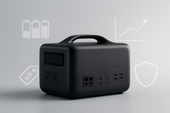

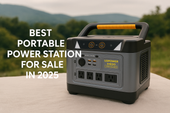





![How to Live In The Woods [Complete Guide]](http://udpwr.com/cdn/shop/articles/Off-Grid_Cabin_Option_f6c94fe7-1ae7-4c3a-baf5-ed9fe684c832.png?v=1763523215&width=170)




